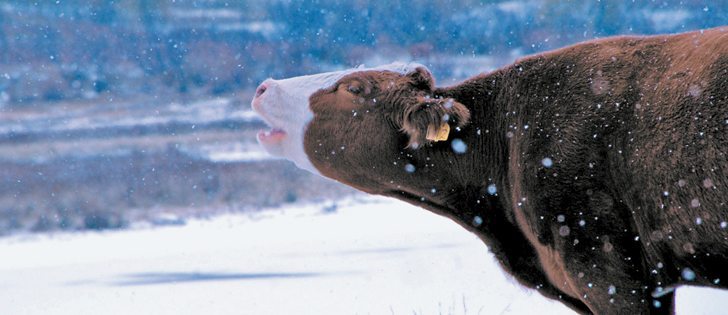Increase market access | Age import restrictions, labelling rules and feed additive bans are hindering trade opportunities
Canada is its own best beef customer, but that doesn’t diminish the importance of exports.
“Put the right meat in the right hands where they truly value it, you are going to make more money,” said Rob Meijer, head of Canada Beef Inc.
Canada consumes 950,000 tonnes of beef a year, or 63 percent of its production. The rest is exported to the United States, Mexico and Asia.
Meijer said big beef sales may look impressive on paper, but they don’t always mean more profit.
Read Also

Good handling equipment a must on cattle operations
It’s important for the safety of producers and everyone else dealing with their stock that handling equipment is functional and safe.
“Taking more volume at a cheaper price doesn’t improve the carcass value, necessarily,” he said at the Alberta Beef Producers annual meeting held in Calgary Dec. 3-5.
Canada Beef, which is the result of a merger between the Beef Information Centre and the Canada Beef Export Federation, continues to work on market development and promote domestic beef consumption.
Exports are down because of a shrinking cow herd and fewer animals available for beef production.
A 12 percent drop in beef production has cut into exports, said Brian Perillat of Canfax.
Even though export volumes are down, the value is higher than the previous year, he said.
There is a slight increase in the number of heifers staying at home for breeding as some producers take the first tentative steps toward herd expansion.
“Production always lags behind when we start to go back up,” he said.
The cyclical nature of the beef business is of less concern to Meijer.
“I don’t get worried about these cycles. We might have a little less meat to market but we will just make better decisions,” he said.
“If our volume comes down a little bit, but our value is up, you guys are better off.”
International challenges and opportunities remain. The United States is a mature market with premium opportunities, especially among American Hispanic consumers who want a leaner product.
“This is a huge untapped potential for Canadian beef as we see it.”
Wider access is needed into major markets.
“Right now we’ve got some struggles and we have got to sort them out,” Meijer said.
“It is great to go in and open doors to other countries, but we are missing in China, we are missing in Taiwan and we are hurting in Russia.”
China has ongoing trade barriers and per capita beef consumption is 4.86 kilograms, compared to 20 kg in Canada.
Taiwan offers opportunity, but it has imposed strict labelling laws. It lifted the ban on the feed additive ractopamine, but that has not im-proved exports.
Russia is the second largest beef importer in the world, but its restriction on ractopamine use continues. There are also import quota restrictions, but some exemptions do exist.
Japan and Hong Kong are mature markets but still buy Canadian beef.
The value of beef going to Hong Kong is down by 10 percent, but volumes are up 42 percent. The value and volume of beef going to Japan is up by 37 percent and 24 percent, respectively.
It is hoped Japan will change its age restrictions and allow beef from cattle younger than 30 months by spring.
All beef must now come from cattle younger than 21 months.
A lack of a free trade agreement with South Korea has made business difficult because of high tariffs. The U.S. has an agreement and is aggressively selling there. Buyers are interested in Canadian beef, but they want assurances of consistent supply, which has been difficult to achieve.
“They do value Canadian beef,” Meijer said.
“The work CBEF did post-BSE really did pay off. We are not invisible today. They know who we are.”
Mexico is always a good market for Canada because it has a rising de-mand for quality meat.
However, it has become a competitor, exporting 112,000 million tonnes in 2011.
The U.S. is doing well in the Middle East and has exported $100 million so far this year.
Canada has access to these markets, but political instability in Egypt, Syria, Iran and Iraq and the need to meet halal and multiple labelling requirements is challenging.
“There is opportunity in all of this and we are going to find it, but we have got to make some tough decisions and become more efficient and realign resources,” Meijer said.
















